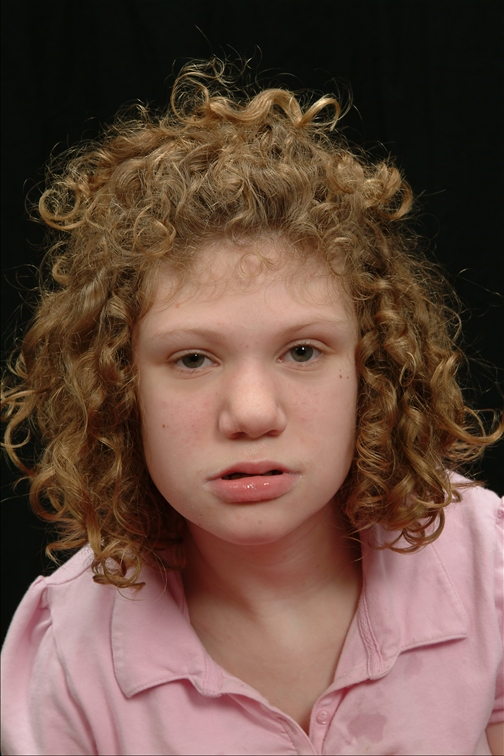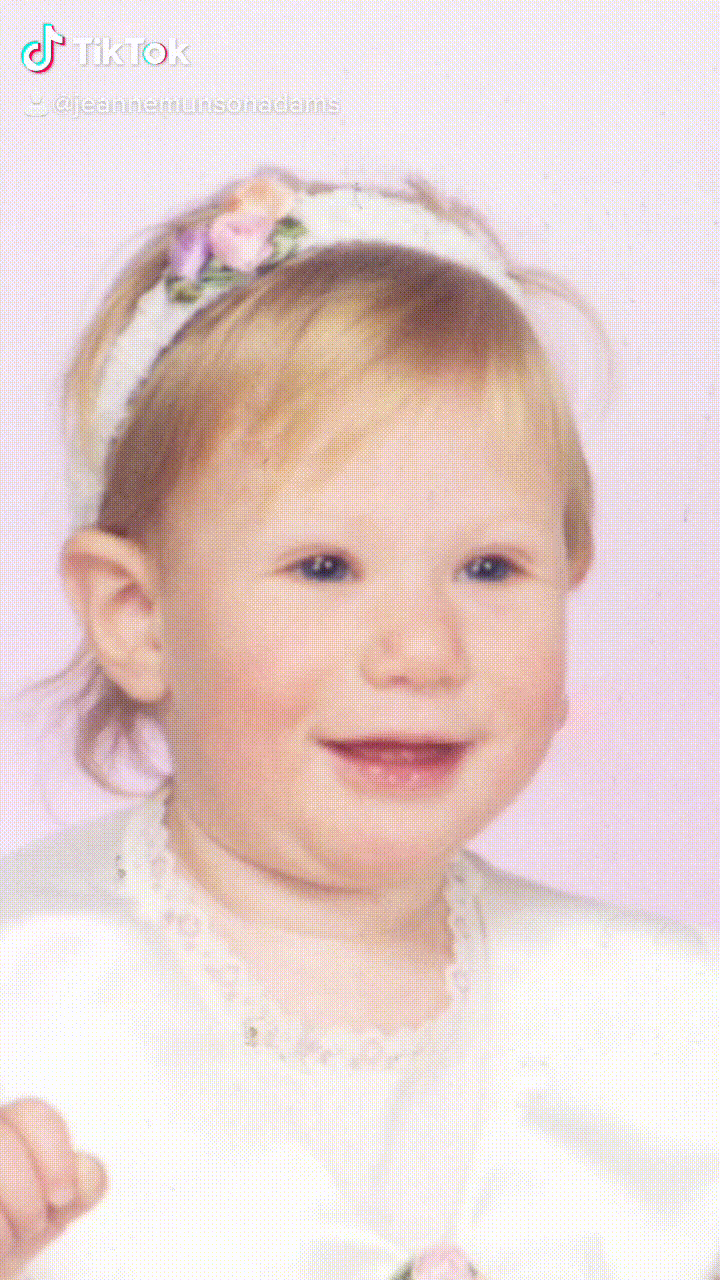
Jun 29, 2020
The participant experienced early developmental delays. She crawled and sat independently at 9 months and had a vocabulary of 3 words by 12-15 months. However, she lost her language skills after her seizures began at 14-15 months. Her generalized tonic-colonic seizures occur about once a week in addition to more frequent, smaller seizures. Currently, the participant is non-verbal but is able to gesture and make sounds.
In addition to developmental delays and intellectual disability, the participant has several other clinical and behavioral features. Some of her other clinical features include painful loose joints (joint laxity) and scoliosis. Her behavioral features include placing her hands in her mouth, occasionally holding her hands clasped, occasionally grinding her teeth, and severe pica.


Clinicians and researchers have identified the following de novo genetic change to be causing the participant’s symptoms:
If this participant sounds like you or someone you know, please contact us!